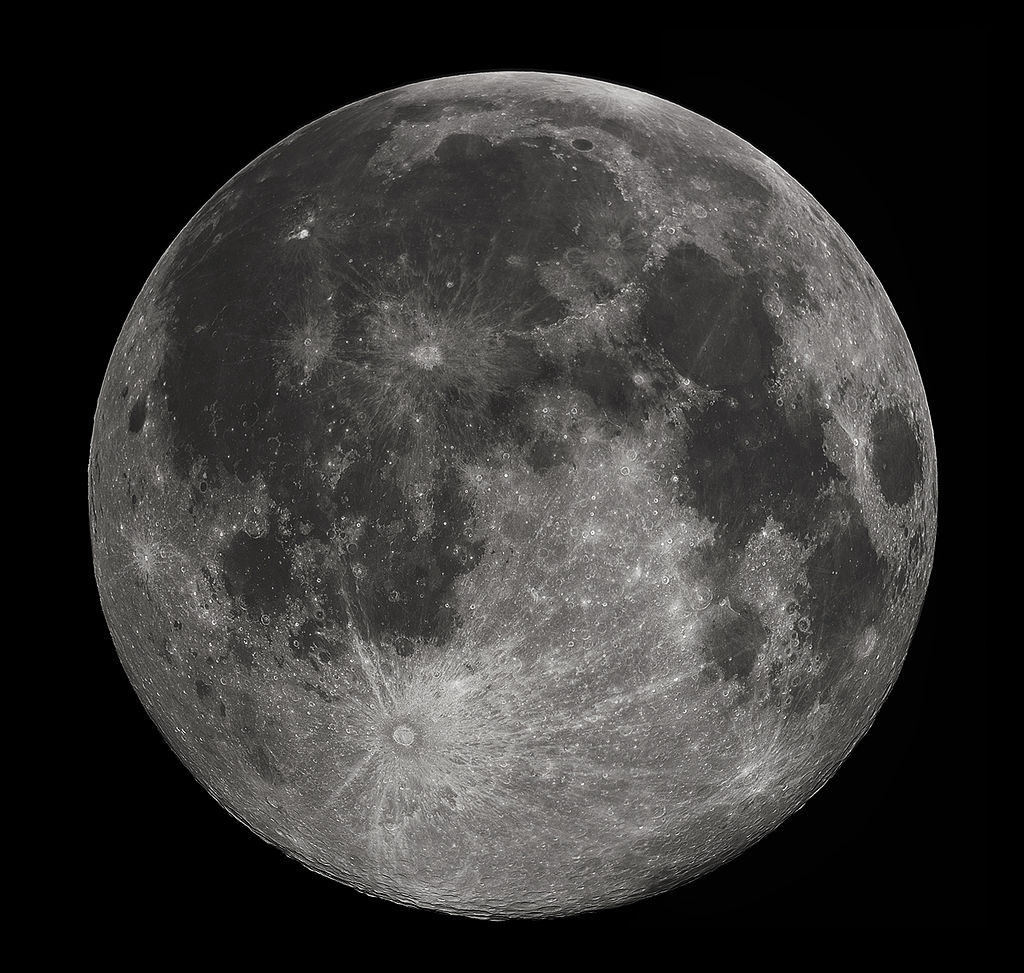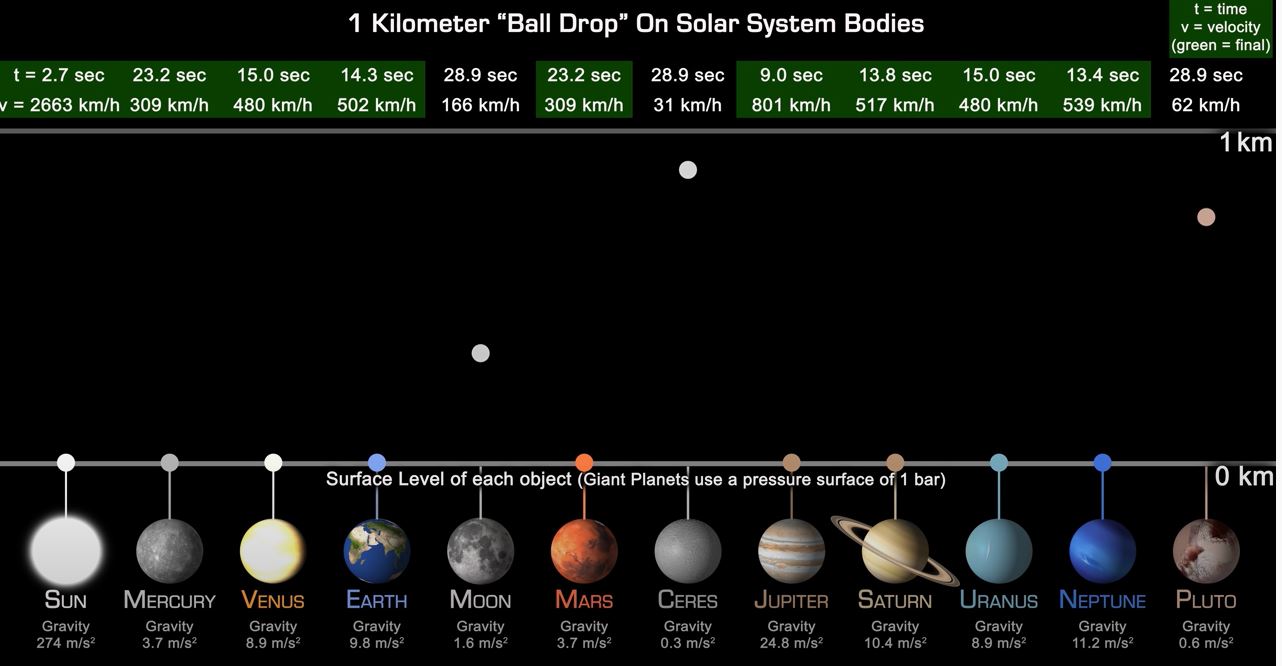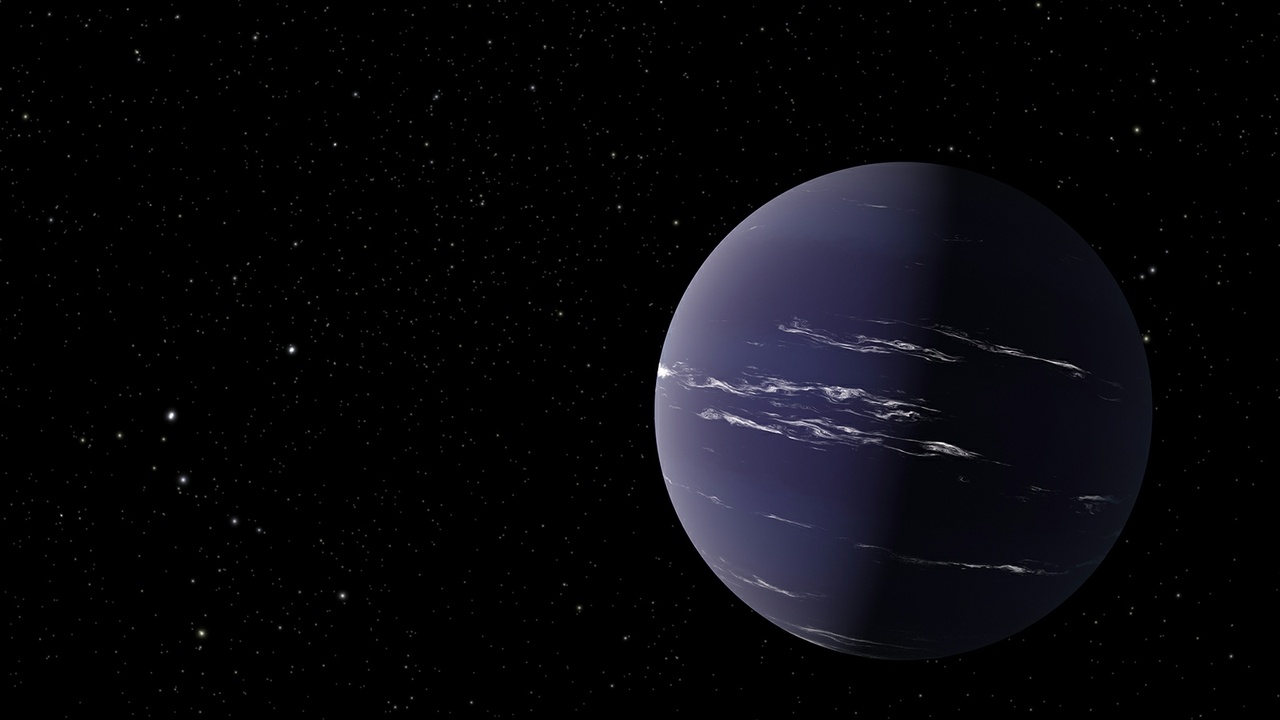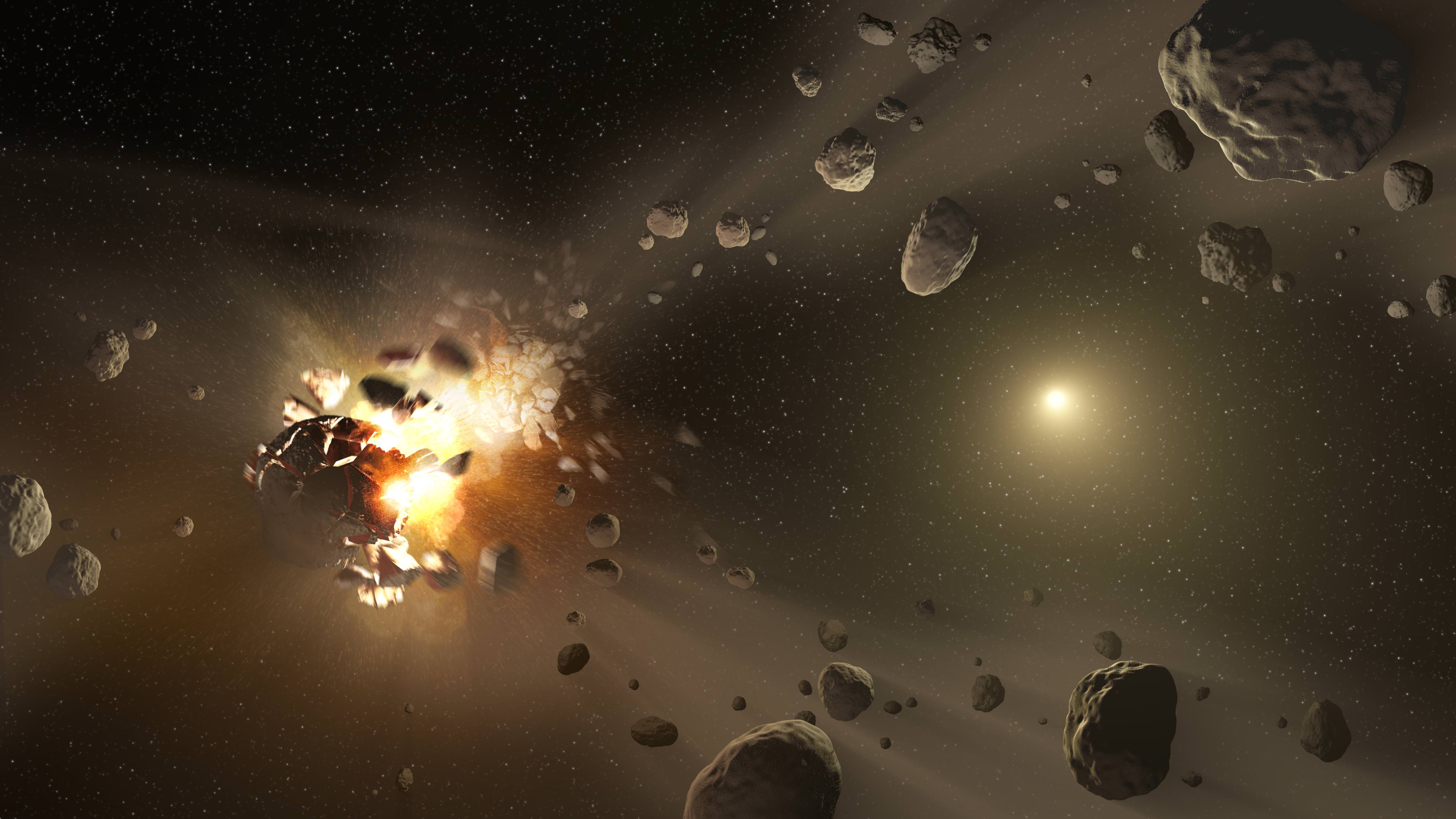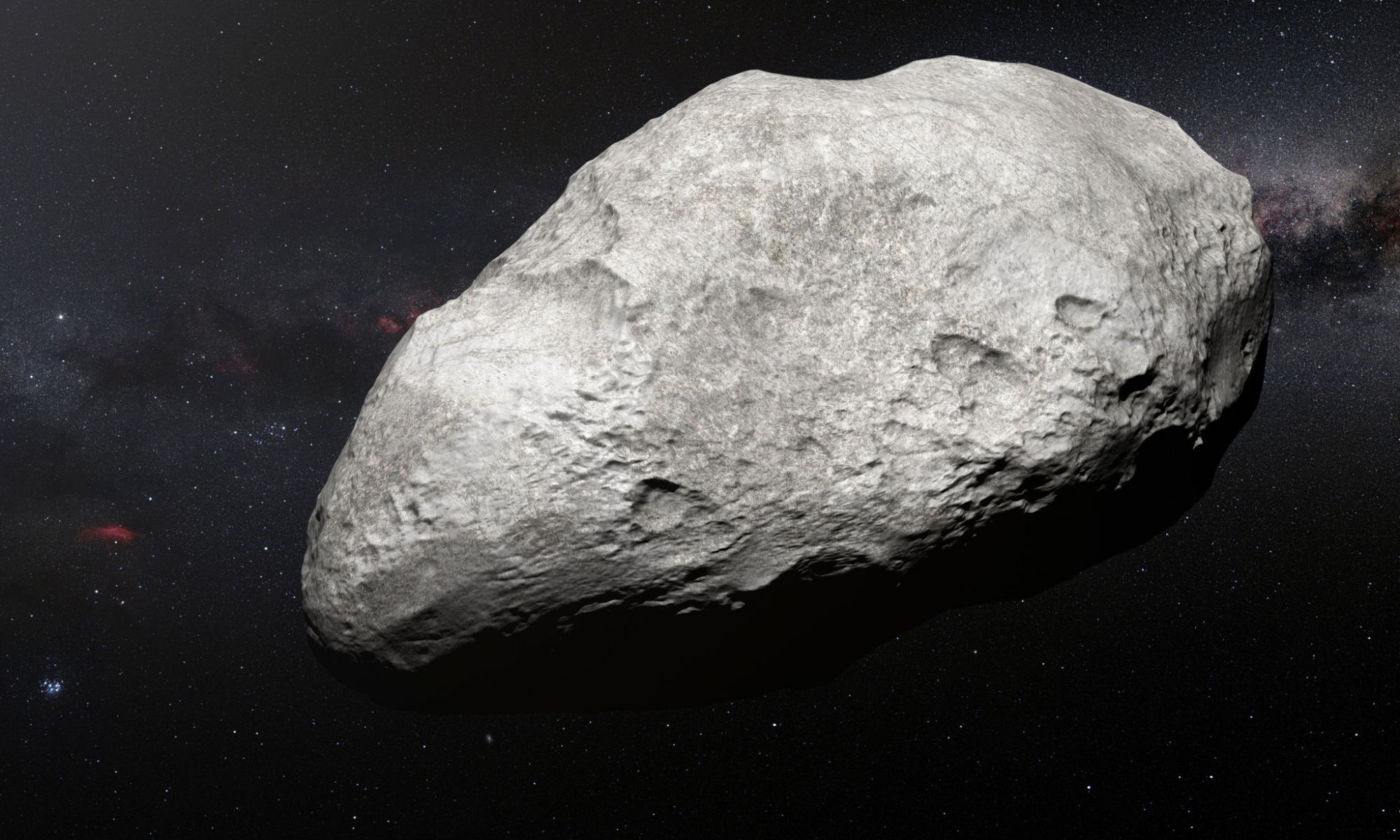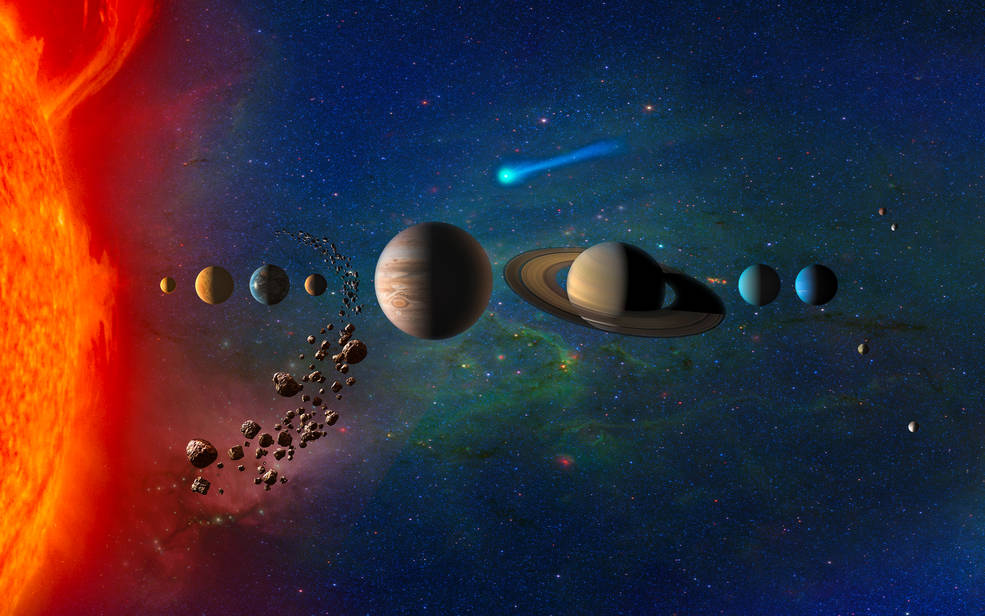The Moon’s pitted surface tells a tale of repeated impacts over a long period of time. While Earth’s active geology erases most evidence of impacts, the Moon has no mechanism that can do the same. So there it sits, stark evidence of an impact-rich past.
The visible record of lunar cratering is used to understand Earth’s formation and history since periods of frequent impacts would affect both bodies similarly. But something’s wrong in our understanding of the Moon’s history. Impact crater dating, asteroid dynamics, lunar samples, impact basin-forming simulations, and lunar evolution modelling all suggest there’s some missing evidence from the Moon’s earliest impacts.
New research says that there were even more large, basin-forming impacts than we think. Scientists think that some of those impacts left crater imprints that are nearly invisible.
Continue reading “The Moon was Pummeled Even Harder by Asteroids Than it Looks”



